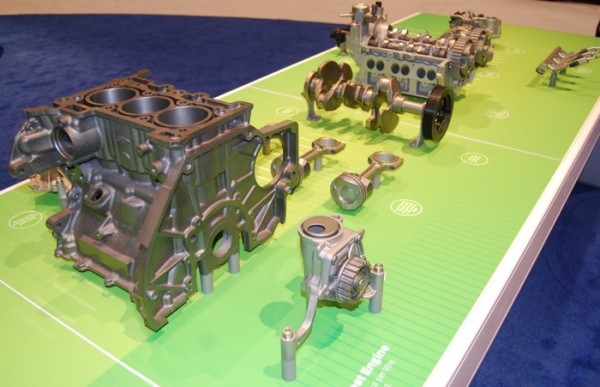Car Diagnostics And Testing: Proper Shop Procedures
Close isn’t good enough if you want to establish credibility in your local market. Today’s professional technician can’t just grab a component hanging from a branch of the proverbial parts tree and see if that will fix the problem. It requires a diligent effort of testing and diagnostic time to analyze the maze of electronic data.

Power Window Regulator Diagnostics
Before you start pulling a door panel on a vehicle to replace a window regulator, you might want to start looking at the repair information first. Most power windows are more than just an electric motor and switch that changes polarity.
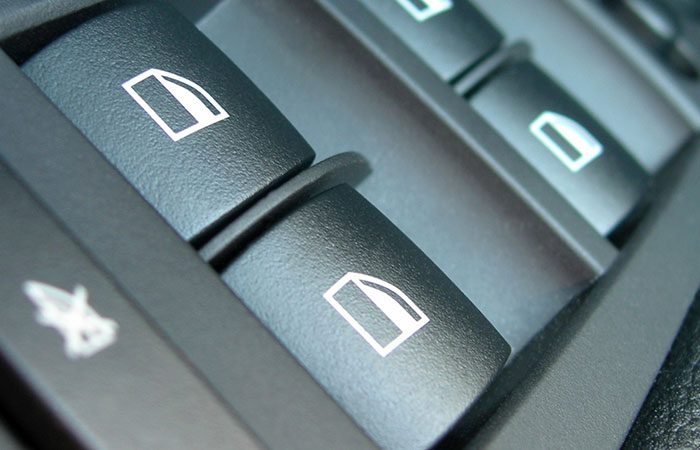
Serial Data Bus Diagnostics
Serial data buses help eliminate multiple sensors and wiring. One sensor can share information with multiple modules without having to connect directly to the multiple modules. Serial data buses may seem like a daunting concept to some technicians, but understanding them is now a required skill to work on most modern vehicles.
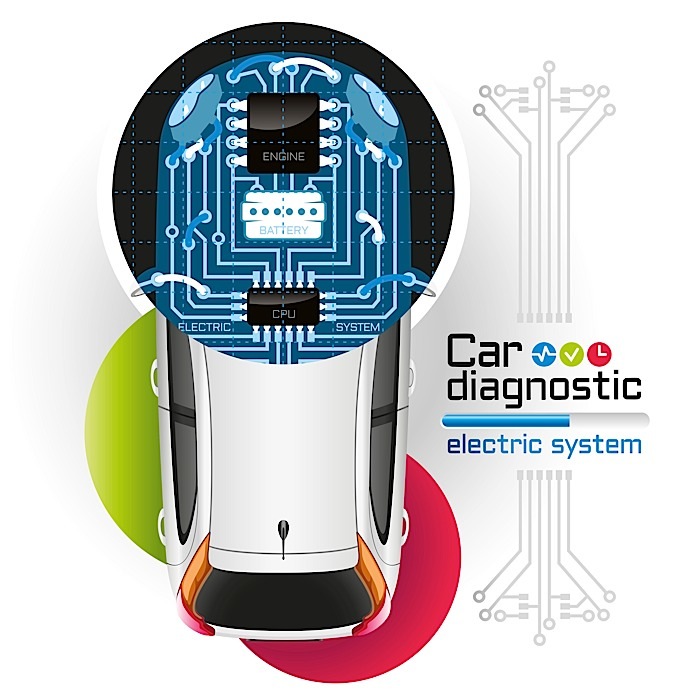
Window Washer Fluid Issues On BMWs
The window washer fluid mixture ratio is regulated by the U.S. EPA and many individual states; do not exceed the allowable window washer fluid “dilution/ratio limits” that apply. Follow the usage instructions on the window washer fluid container.
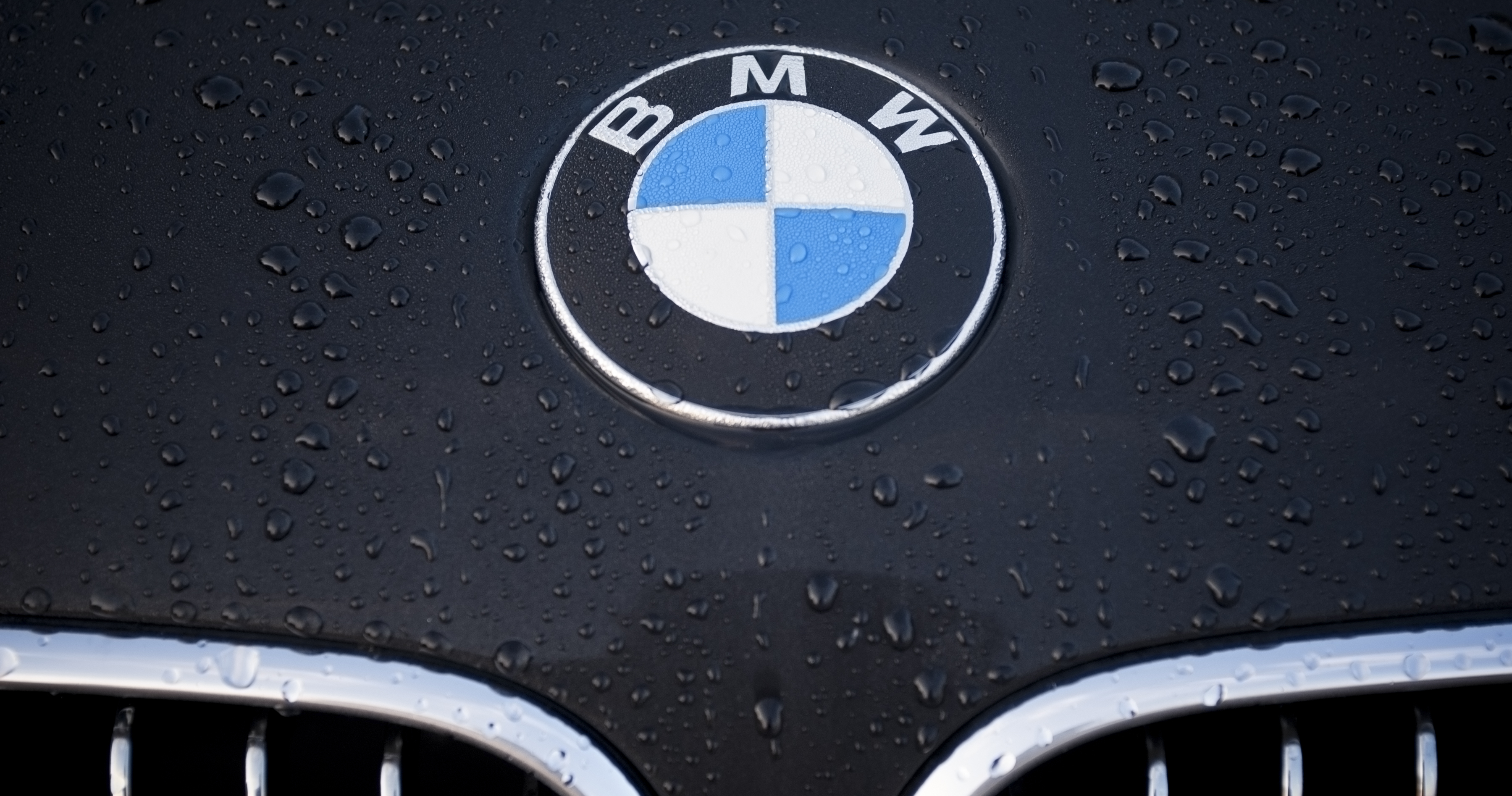
Understanding EVAP: From The Tank To The Intake
Modern EVAP systems are selective when they vent vapors into the engine. The PCM will select the right engine temperature and throttle position to purge the system. They are also very selective when system checks are performed. A computer is constantly monitoring the results of the commands sent to the valves with the help of sensors mounted in the tank and EVAP canister.
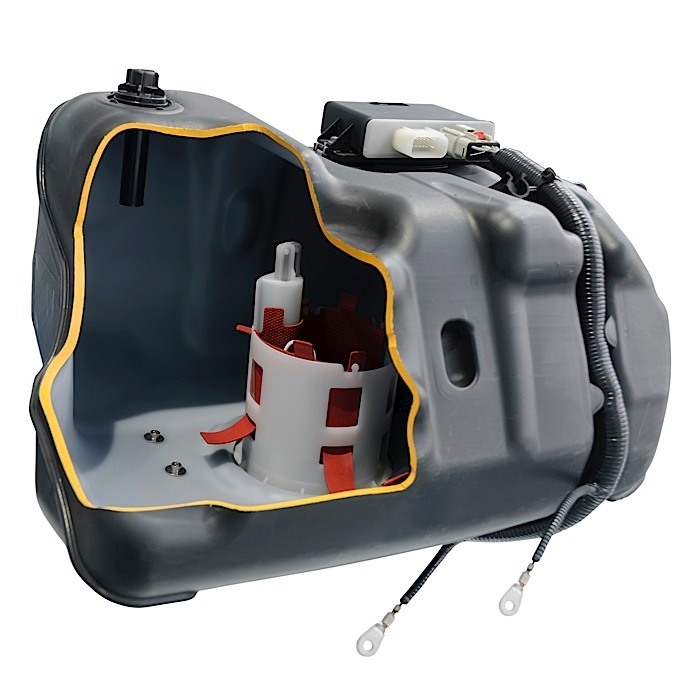
Chrysler Transmission: The Case Of The Shiftless 48RE
This month’s Diagnostic Dilemma concerns a 2005 Dodge 3500 SLT truck equipped with the Chrysler 48RE automatic transmission with three forward speeds and overdrive. It originally came into the shop with a broken band, but after the rebuilt transmission was installed and road-tested, the 48RE failed to shift out of first gear.
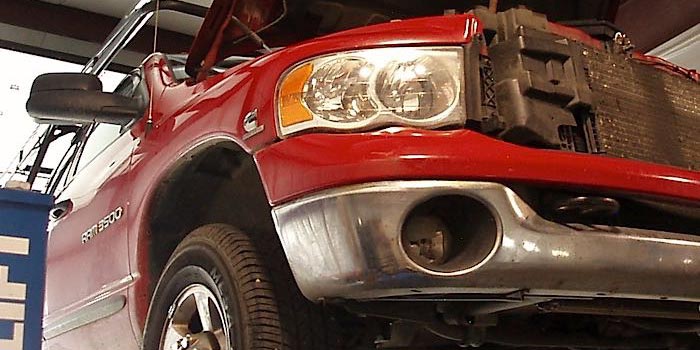
Diagnosing An Intermittent, Poor-Run, Hard-Start Complaint That Stumped The Local Body Shop
This month we’re going to be looking at an intermittent poor-run, hard-start complaint on a 2012 Hyundai Sonata. This car came to us by way of a body shop with which we work closely. Like most good working relationships, we are always willing to help these guys with our expertise, and they are wonderful about
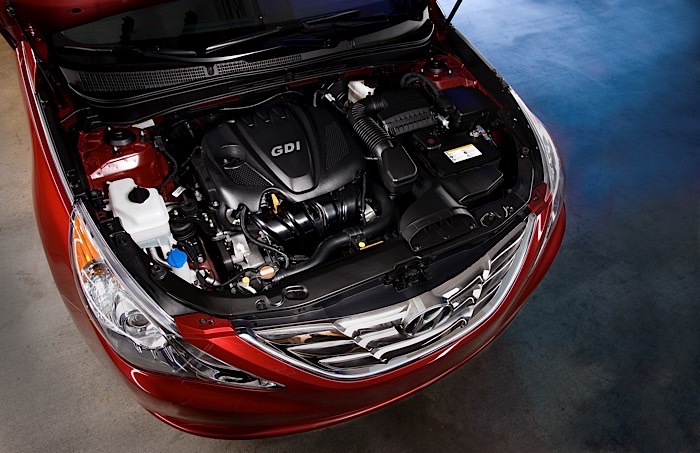
Welcome To The Future: Are Your Networks Protected?
In my work on telematics and connected cars, I get a lot of great opportunities to talk with engineers. What engineers hate when they are designing a system – particularly systems that have ramifications on how vehicle networks interact – is unknown wild cards. Unfortunately, those of us who run repair shops are the wild cards that keep many of these engineers up at night.

Danger, Will Robinson! Intermittent Loss Of Power
This month’s Diagnostic Dilemma turns the page back to September 10, 2015 when I got a phone call from a local undercar shop inquiring if I had the tools to check the ECM connector pin fit on a 2012 Chevrolet Impala with the flex-fuel, 3.6L gasoline direct fuel injection engine. In response to an intermittent loss of power complaint, the shop had found a technical service bulletin (TSB) indicating that loose PCM connections can cause a loss of fuel pressure on the GDI engine’s high-pressure fuel rail and set codes P00C6 and P228C.
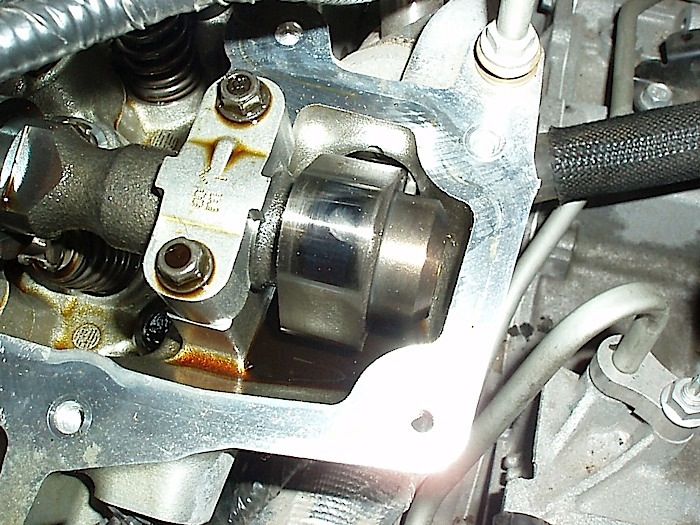
Understanding Motor Oil Viscosity: Zero Weight, Zero Problem
Have you noticed that it is getting harder to stock oil these days? For some vehicles, the same model may take three different oils depending on the engine. The base model may require a 5W-30, while the V6 version may require a 5W-20, and the hybrid version may require a 0W-20.
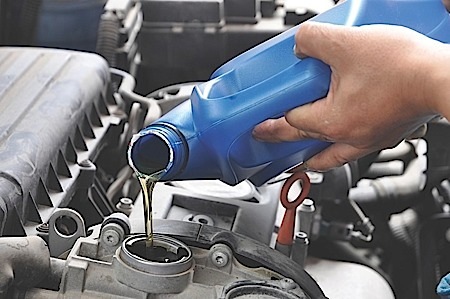
Aftermarket TPMS Sensors and Scan Tools
The aftermarket has grown rapidly to accommodate all the high-production road vehicles with various TPMS sensors, hardware kits and quick service scan tools with features and software to service any TPMS system.
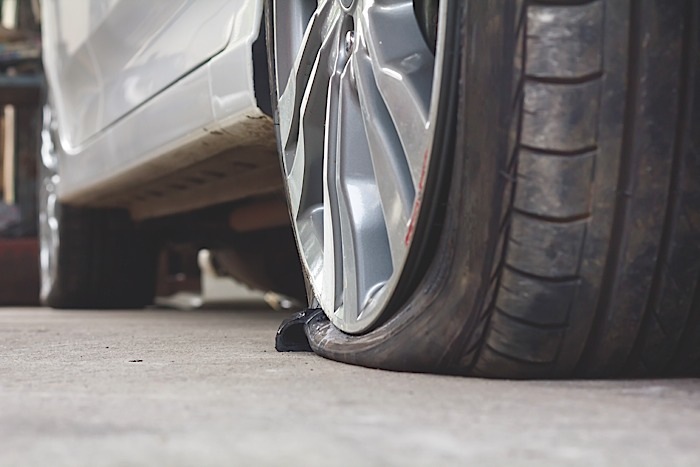
Chicago Auto Show Display Takes 1.0L EcoBoost Apart
One of many highlights in the Ford booth at the 107th Chicago Auto Show was a large layout of the pieces that make up the first-ever Ford three-cylinder EcoBoost engine. This 1.0 liter turbocharged, direct-injection powerplant delivers 123 hp and 125 lb.-ft. of torque. The 1.0L EcoBoost was named the 2014 International Engine of the
